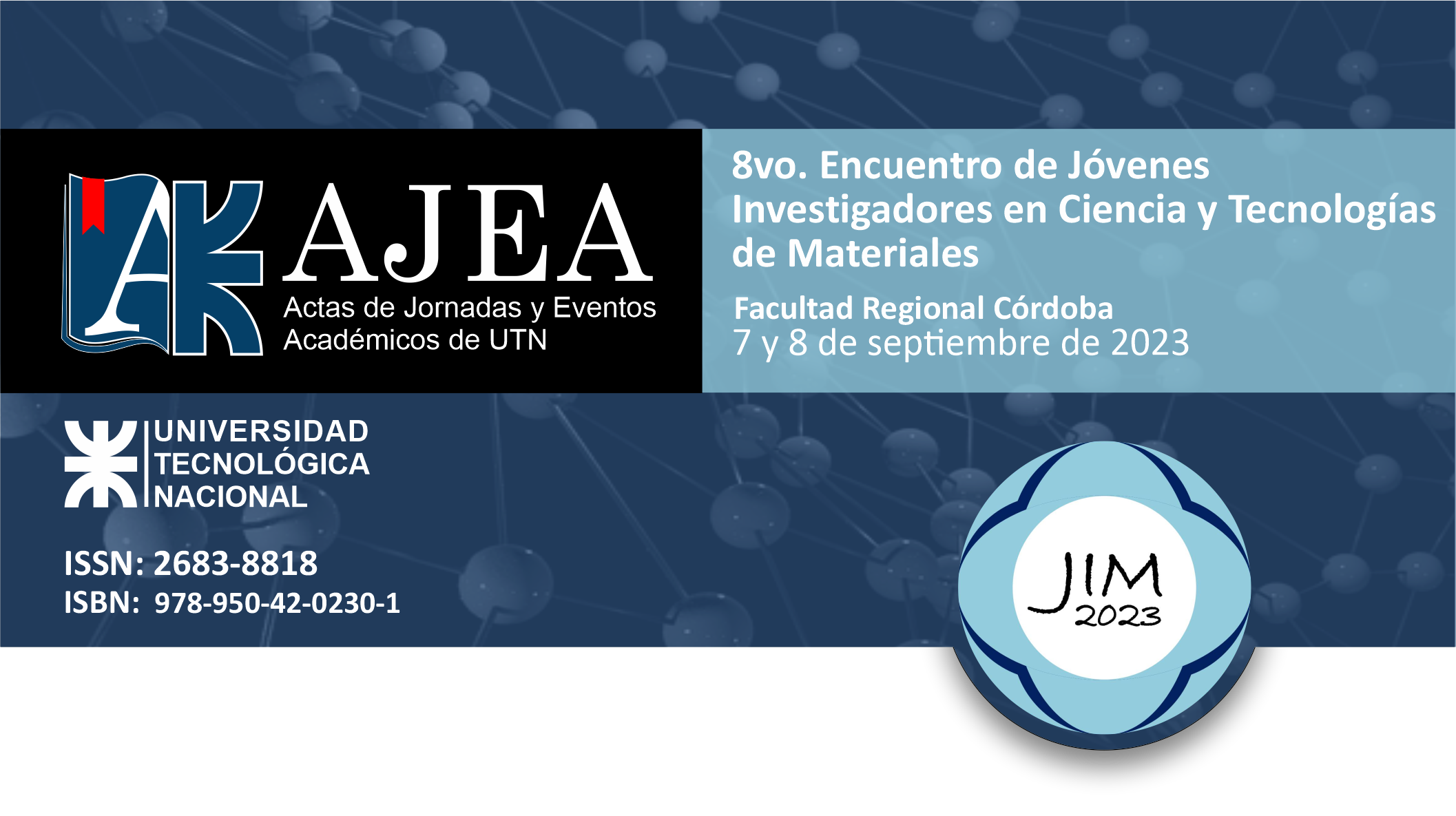Steel fiber reinforced concrete characterization using electrochemical impedance spectroscopy
Keywords:
Steel Fiber Reinforced Concrete (SFRC), Electrochemical Impedance Spectroscopy (EIS), Non-Destructive Tests (NDT), Quality Control (QC).Abstract
Fiber Reinforced Concrete (FRC) has proven to have multiple benefits like structural material in construction industry. Due to new regulations and technical guidelines, FRC use is growing in many countries. Develop of non-destructive techniques and evaluation methodologies are both topics of interest for quality control (QC) of materials and finished structural elements. Final fibers distribution in hardened composite material is a main concern for FRC elements production control. Particularly, in Steel Fibers Reinforced Concrete (SFRC), cementitious material electrical properties are altered by fiber presence and this effect may be the base for developing methodologies that allows identifying final fibers distribution in cementitious matrices. Electrochemical impedance spectroscopy (EIS) is an alternating current (AC) technique that allows to characterize materials electrical behavior. The EIS has already been used to evaluate concrete performance like reinforcement protection in corrosion terms, and it was suggested for characterizing fiber content and distribution in cementitious composites in different studies. This work presents advances in EIS evaluation as a technique capable of recognizing metallic fibers presence, analyzing the impact of different electrode geometry and electrochemical configuration on sensitivity. Results showed that EIS technique has the necessary sensitivity to detect different dosages of metallic fibers and can eventually be used like a non-destructive quality control test.
Downloads
Metrics
Downloads
Published
How to Cite
Conference Proceedings Volume
Section
License
Copyright (c) 2024 Enzo David Gomez, Diego Hernán Monetti, Juan Ignacio Carricondo, Damián René Vázquez, Raúl Zerbino, Gustavo Sergio Duffó

This work is licensed under a Creative Commons Attribution-NonCommercial 4.0 International License.










